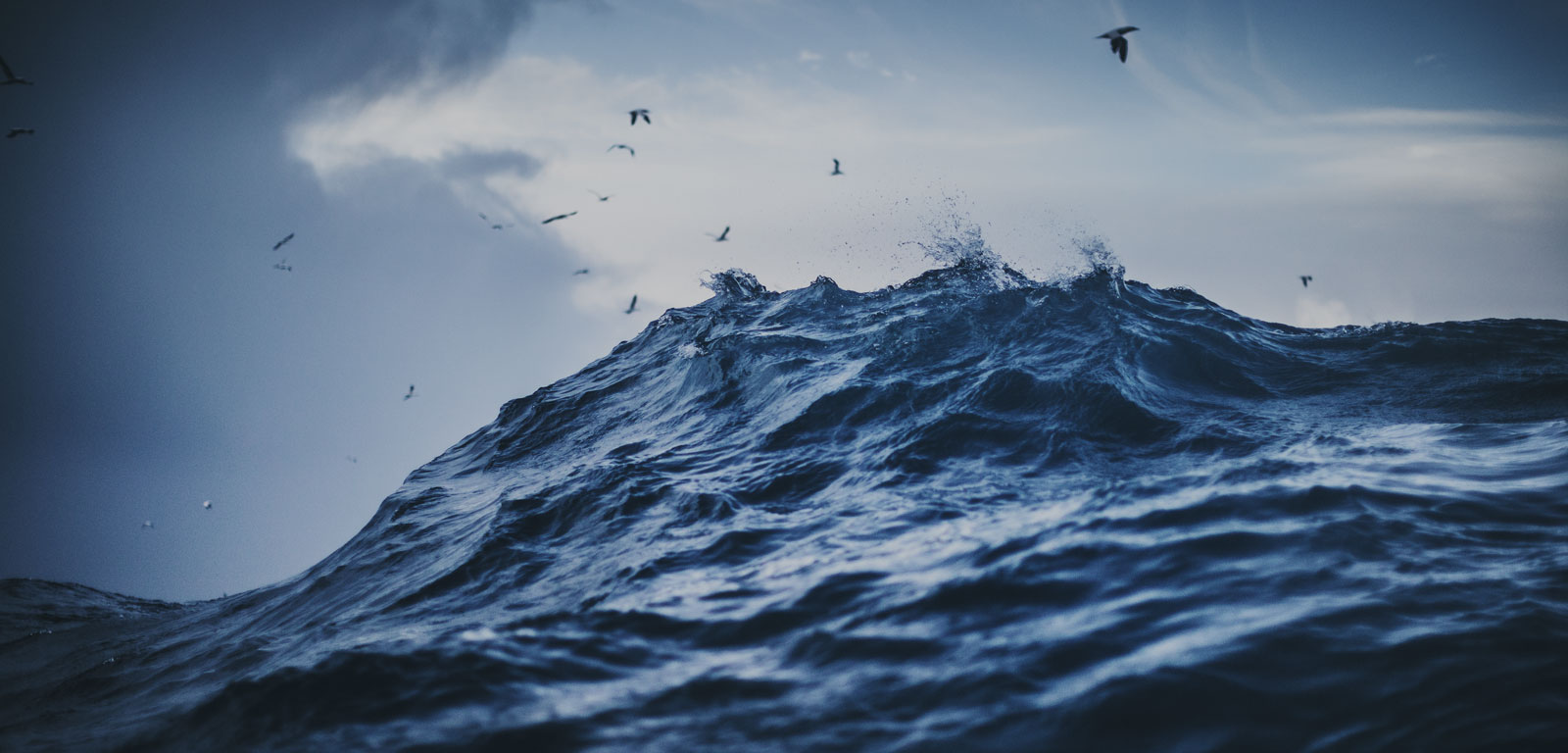Gaia
Ingurumen Monitorizazio eta Arrisku-Ebaluaketa Sistema Urtarretan
Gaiari buruzko datu orokorrak
- Modalitatea
- Ikasgelakoa
- Hizkuntza
- Ingelesa
Irakasleak
| Izena | Erakundea | Kategoria | Doktorea | Irakaskuntza-profila | Arloa | Helbide elektronikoa |
|---|---|---|---|---|---|---|
| IZAGUIRRE ARAMAYONA, URTZI | Euskal Herriko Unibertsitatea | Irakaslego Agregatua | Doktorea | Elebiduna | Zelulen Biologia | urtzi.izagirre@ehu.eus |
| MARIGOMEZ ALLENDE, JUAN ANTONIO | Euskal Herriko Unibertsitatea | Unibertsitateko Katedraduna | Doktorea | Elebiduna | Zelulen Biologia | ionan.marigomez@ehu.eus |
Irakaskuntza motak
| Mota | Ikasgelako orduak | Ikasgelaz kanpoko orduak | Orduak guztira |
|---|---|---|---|
| Magistrala | 20 | 20 | 40 |
| Mintegia | 5 | 5 | 10 |
| Gelako p. | 5 | 20 | 25 |
| Laborategiko p. | 5 | 5 | 10 |
| Tailerra | 5 | 10 | 15 |
Irakaskuntza motak
| Izena | Orduak | Ikasgelako orduen ehunekoa |
|---|---|---|
| Ariketak | 20.0 | 50 % |
| Azalpenezko eskolak | 40.0 | 50 % |
| Gela/Mintegia/Tailerra | 15.0 | 33 % |
| Oinarrizko trebetasun instrumentalak eskuratzea | 25.0 | 20 % |
Ebaluazio-sistemak
| Izena | Gutxieneko ponderazioa | Gehieneko ponderazioa |
|---|---|---|
| Bertaratzea eta Parte-hartzea | 0.0 % | 20.0 % |
| Azalpenak | 0.0 % | 20.0 % |
| Idatzizko azterketa | 0.0 % | 30.0 % |
| Lan praktikoak | 25.0 % | 50.0 % |
Irakasgai-zerrenda
Programme1. Introduction: The European Water Framework Directive. The European Marine Strategy Framework Directive. Other related directives and regulatory policies. Decision making for management and conservation of aquatic systems. Aquatic ecotoxicology and Environmental Risk Assessment (ERA).
2. Experimental design for ecotoxicity assessment in aquatic systems. Factors controlling ecotoxicity in the organisms. Ecotoxicity endopoints for acute and chronic responses. Sampling methods. Case studies.
3. Bioassays: Concepts and advanced methods for the evaluation of ecotoxicity of chemical substances. Realism vs standardization. Quality control/Quality assurance. Case studies: Assessment and management of (a) Industrial effluents; (b) Polluted sediments; and (c) Labelling of new substances. Weight-of-evidence and statistical approaches.
4. Marine pollution biomonitoring. Marine ecosystem health. Baselines, long-term trends and spill response. Bioaccumulation. Biological effects assessment. Biomonitoring programmes. Biological effects assessment through biomarkers and health-disturbance indices. Environmental specimen banks. Quality control/Quality assurance.
Practical sesion 1: Acute toxicity testing.
Practical session 2: Analysis of a data base for evaluation of ecotoxicological risk assessment
Practical session 3: Pollution Indices vs Ecosystem Health Indices
Practical session 4: Data mining in Environmental specimen banks
Bibliografia
Oinarrizko bibliografia
BAILEY R.C., NORRIS R.H. & REYNOLDSON T.B. 2004. Bioassessment of freshwater ecosystems. Using thereference condition approach. Kluwer Academic publishers.
BURTON G.A. (Ed.) 1992. Sediment toxicity assessment. Lewis Publishers.
GREEN R.H. 1979. Sampling design and statistical methods for environmental biologists. Wiley & Sons.
HOFFMAN D.J. et al. 1995. Handbook of ecotoxicology. Lewis Publishers.
MUDROCH A., et al., 1999. Manual of bioassessment of aquatic sediment quality. Lewis Publishers.
RAND G.M. 1995. Fundamentals of Aquatic Toxicology. Taylor & Francis.


